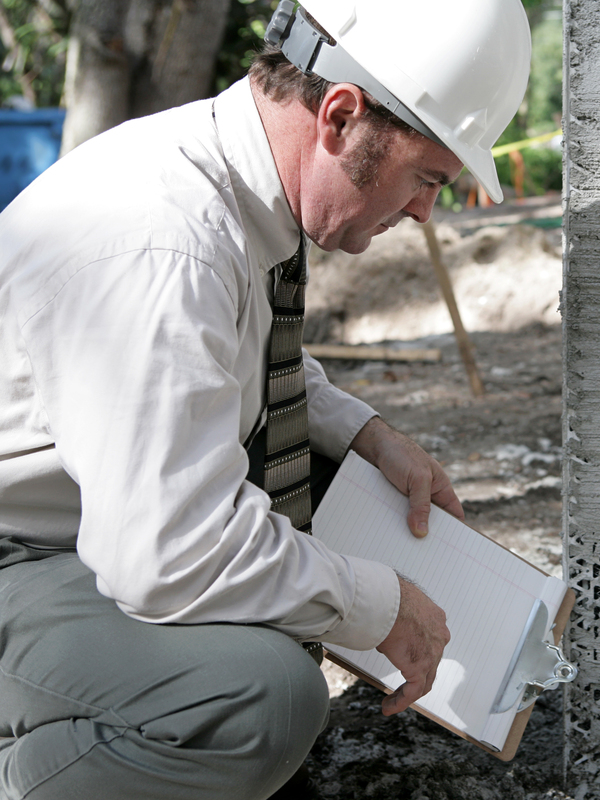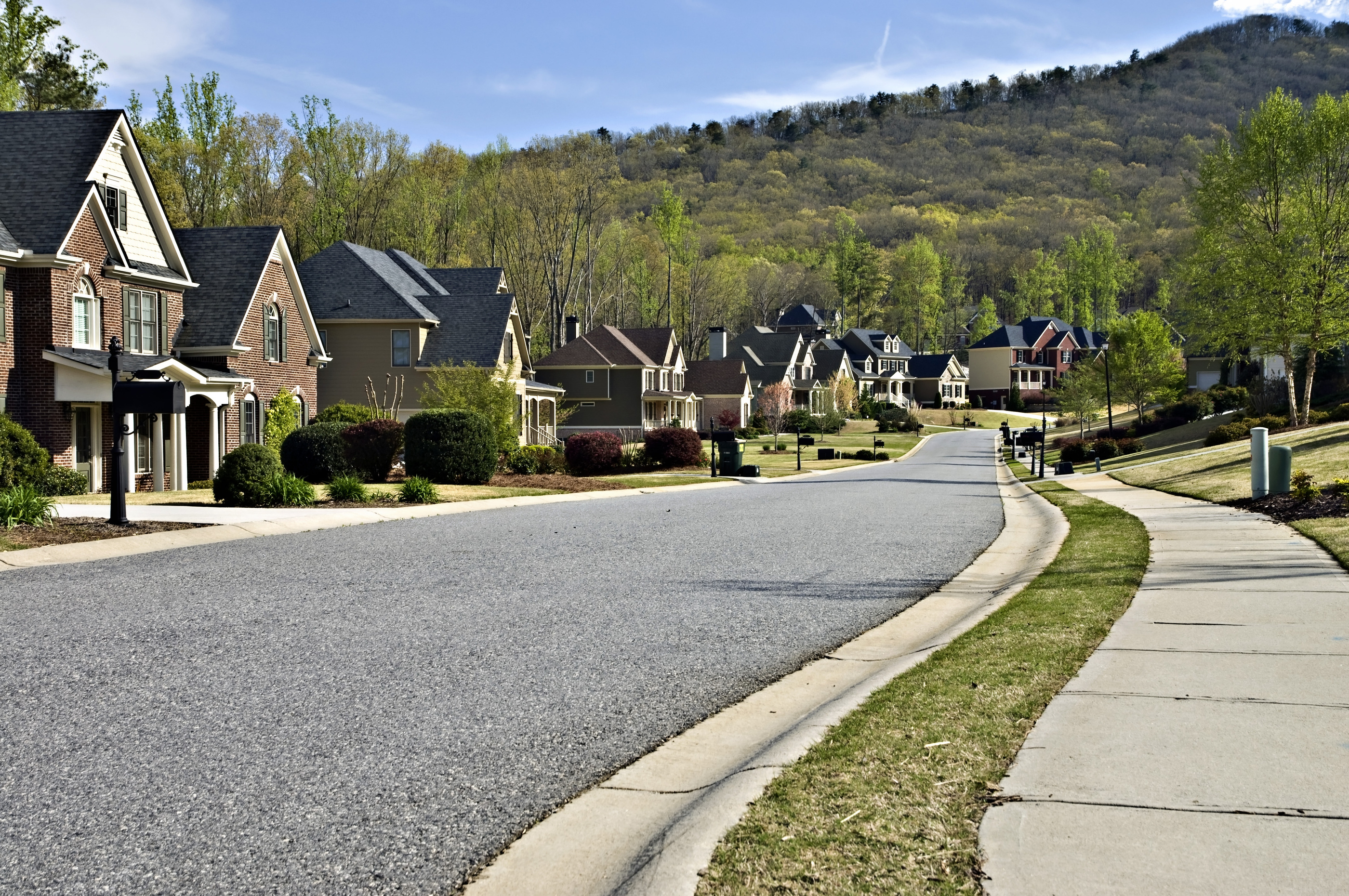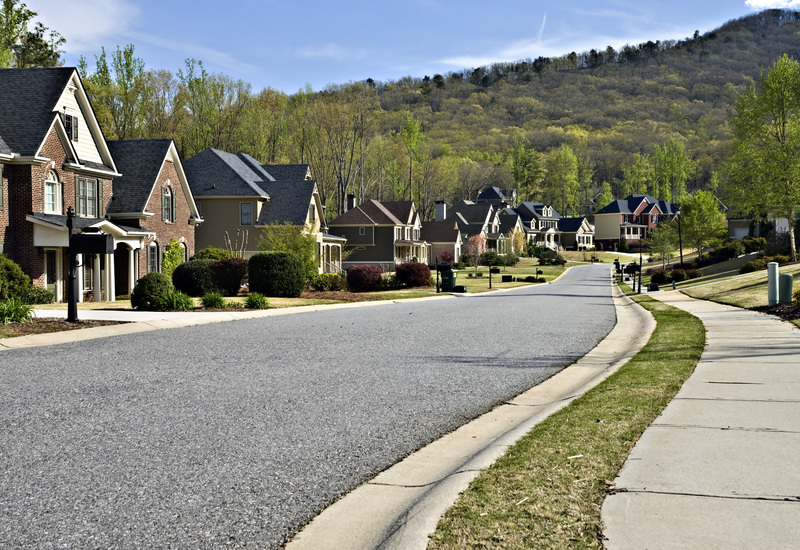Being on an HOA board wasn’t supposed to include becoming the community’s communication director. But here you are, juggling vendor calls, budget meetings and rule enforcement. Meanwhile, residents keep asking the same questions over and over because nobody knows what’s going on.
Sound familiar? You’re not alone. Most HOA boards operate in permanent scattered mode when it comes to communication. Something comes up, someone scrambles to send an email, residents complain they didn’t know about it and the cycle repeats.
The secret isn’t hiring a PR firm or turning your HOA into a media company. It’s creating a simple content calendar that keeps everyone in the loop without driving anyone crazy. Here’s how to build a communication system that actually works, without adding hours to your already packed schedule.
Why Most HOA Communication Fails (And How to Fix It)
Right now, you probably communicates like most HOAs: reactively. Someone complains about parking, so you send a parking reminder. The pool pump breaks, so you send a pool closure notice. A resident asks about landscaping rules for the third time this month, so you forward the same PDF again.
This reactive approach creates three big problems. First, you’re always playing defense instead of getting ahead of issues. Second, the same few people end up handling all the communication while everyone else stays silent. Third, residents start feeling like they only hear from the board when something’s wrong or broken.
A content calendar flips this script. Instead of scrambling to respond to problems, you’re sharing information that prevents problems. Instead of overloading your most communicative board members, you’re spreading the work around. Most importantly, residents start seeing the board as helpful and organized rather than reactive and scattered.
Think of it this way: consistent communication is like regular maintenance on your community’s common areas. Skip it, and small issues become big headaches. Stay on top of it, and everything runs smoother with fewer emergency repairs.
What Goes in an HOA Content Calendar
You don’t need to become content creators. You just need to organize the information you’re already sharing into a predictable schedule that residents can count on.
Time-Sensitive Stuff That Can’t Wait
Board meeting dates, voting deadlines, holiday schedules, contractor notifications, anything tied to specific dates. This is the meat and potatoes of HOA communication—the information residents absolutely need to know when they need to know it.
Educational Content That Prevents Repeat Questions
Explanations of common rules, step-by-step guides for architectural approval requests, seasonal maintenance tips, anything that generates the same questions repeatedly. Every time someone asks “How do I get approval for a new fence?” you should be able to point them to content you’ve already created.
Welcome messages for new residents, photos from community events, volunteer recognition, seasonal decorating contest results. This stuff might seem optional, but it’s what transforms your HOA from “those people who send rule reminders” into “our neighborhood leadership team.”
Regular Reminders That Keep Things Running Smoothly
Pool hours during season changes, garbage pickup schedule adjustments, parking enforcement updates, anything that changes regularly enough that people forget but consistently enough that you can plan for it.
The key is balance. Too much administrative stuff and residents tune out. Too much community fluff and they don’t take you seriously. Mix it up so every communication has something useful without being boring.
Create Monthly Themes to Make Planning Easier
If the idea of filling out a year of content feels overwhelming, use monthly themes to simplify the process. Here are a few examples to get you started:
-
January: Budget highlights and snow removal policies
-
February: Board member spotlight and event calendar preview
-
March: Spring landscaping prep and common violations to avoid
-
April: Pool opening information and architectural approval tips
-
May: Community event reminders and ongoing maintenance updates
-
June: Summer safety tips, irrigation system status and ongoing events
-
July: Fourth of July reminders, fireworks warnings and a great photo recap
-
August: Back-to-school parking tips, annual meeting prep and seasonal changes
-
September: Fall projects, landscaping changes and prepping the rest of year
-
October: Halloween decoration policy, fall cleanup notices, junk removal updates
-
November: Budget preview for next year, gratitude spotlight, Thanksgiving updates
-
December: Holiday decoration rules, snow cleanup reminders and community holiday events
You don’t have to overdo it. Even two pieces of content per month can keep residents engaged and informed.
Repurpose Content to Save (Lots) Of Time
The key to sustainable communication is repurposing. You don’t need to create new content from scratch every time.
Here’s how to reuse what you already have:
-
Turn meeting minutes into a 3-bullet recap email
-
Post that email recap on your website as a blog post
-
Share one sentence from that blog as a social media update
-
Mention it again in your next newsletter (people need reminders)
One message. Four uses. No extra work.
You can even build a “Content Library” of past updates and reminders. Pull from it any time you need to fill a gap in your calendar.
Assign Roles and Set Deadlines (Even for Small Boards)
This is where most HOA content plans fall apart: no one owns it. Even if your board is small, assign one person to “own” the calendar. They don’t have to create all the content, but they can make sure it gets published or delegated.
Example structure:
-
Calendar Manager: Keeps the calendar updated, checks deadlines
-
Content Creators: Board members who take turns writing or recording updates
-
Reviewer: Board president or secretary who reviews before sending
-
Tech Admin: Person who posts to the website or sends email updates
In some cases, an HOA may work with a management company or agency that can assist in implementing this. If so, plug them into the process with clarity.
How to Roll It Out (Without Overpromising)
Start small. Don’t try to launch with 10 content streams at once.
Here’s a starter version:
-
One newsletter or update per month
-
One social media post or website blog per month
-
One seasonal flyer or upcoming event reminder email
Once that rhythm feels easy, add more layers: like resident spotlights, project updates or short video recaps. Over time, you’ll build a system that runs smoothly, creates fewer complaints and reduces back-and-forth emails.
Communication Isn’t a Chore. It’s a Competitive Advantage.
The best-run HOAs aren’t just the ones with the biggest budgets or most amenities. They’re the ones that keep residents in the loop, build trust and treat communication like a priority.
A content calendar helps you stay ahead of the game. It helps residents feel seen and heard. And it makes your board look organized, trustworthy, and competent, even when issues come up.
Ready to Communicate Like a Top HOA? Slamdot Can Help.
At Slamdot, we’ve spent over 20 years helping HOAs transform their communication from reactive scrambling to proactive community-building. We’ve worked with boards that were busy with resident complaints and helped them build systems that turned critics into supporters.
Our approach isn’t about turning your board into content creators. It’s about building simple, sustainable communication systems that keep residents informed while making your volunteer responsibilities more manageable and more effective.
We’ve helped HOA boards reduce resident complaints, increase community event attendance and build the kind of communication that makes neighborhoods feel like communities.
Want to see how? Contact our team today for a free audit and proposal!



